With the weather getting cooler, now is the perfect time to start thinking about ways to rejuvenate your thinning pasture for the spring—and there’s a relatively new concept you can make use of to begin the rejuvenation process even in late winter.
Fall is the perfect time to start considering frost seeding to improve perennial pastures—before it’s too late. But what is this pasture rejuvenation method, what does it accomplish, and if it’s the right choice for your pasture, how do you do it properly to achieve the best results?
We’ll answer every question you might have about this novel over-seeding method, including what it is, how it works, and the best ways to implement it for your pasture.
What does frost seeding mean for your crops?
Frost seeding is a form of over-seeding that uses legumes to economically and quickly thicken a pasture or a perennial hayfield in late winter. Though no-till drilling has more guarantee of success, frost seeding is an easy operation while you have time in the off-season, and if managed correctly and timed properly, has a good likelihood of success for overseeding your crops.
Frost seeding is cheap, requires little soil prep or maintenance, adds forage species and fertility, and has minimal land impact. When done correctly, it can boost the nitrogen content of your soil, increase forage yields, and improve the nutritional value of your forage.
How does frost seeding work?
Frost seeding works using the “honeycombing” effect of common wintertime freeze-thaw cycles (i.e. when the soil is frozen in the morning and thaws during the day) to work the seeds throughout the soul and achieve high seed-to-soil contact.
It works best on clay and loam soils. The ground’s expansion and contraction with frost heaving efficiently works the seed into the soil, especially small round seeds such as clover.
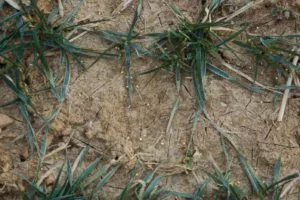
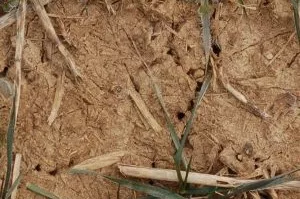
What is frost seeding used for?
There are two scenarios in which frost seeding is appropriate:
Scenario 1
Your pasture or hayfield is thinning and more legumes are desired. In this scenario, there is plenty of bare or exposed soil.
Scenario 2
You have a field with a fall-planted small grain (grown for grain, not forage), in which a legume cover crop and/or hay crop is desired immediately following the grain crop.
Which Crops to Use for Frost Seeding
Frost seeding uses legumes to enrich and rejuvenate your pasture, but not just any old legume will do. Vigorous crops with small round seeds such as clover work best. A vanishingly small minority of grasses work as well, but most grass crops are unsuitable due to their large seed size and shape.
Recommended Clovers for Frost Seeding
The best species to use can germinate quickly when cold, such as:
- Red clover, especially in combination with Birdsfoot Trefoil
- White clover
- Yellow blossom sweet clover
- White sweet clover
- Alsike clover
- King’s Three-Way Clover Mix (Medium Red Clover, Ladino White Clover and yellow blossom sweet clover)
- Premium Clover Blend
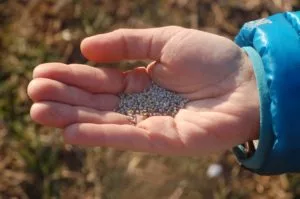
Recommended Grasses for Frost Seeding
Though most grasses do not work for this method, some that have worked occasionally for frost seeding include the small seeded ryegrass or hulled orchard grass.
If you do use grasses with other species, keep in mind that because of varying size and density, each species will have a different reach when broadcast.
Inappropriate Crops for Frost Seeding
Alfalfas and grasses are often not as successfully frost-seeded, because the seed is larger and doesn’t work through as easily into the soil surface.
Some clover species are also not appropriate for pastures and/or this early-season time frame. Mammoth Red Clover, for example, doesn’t fit in a perennial pasture or hayfield that is going to be cut or grazed on a regular basis. Crimson clover is also not as suitable, as it is a winter annual and the seed is also too large for optimal frost seeding.
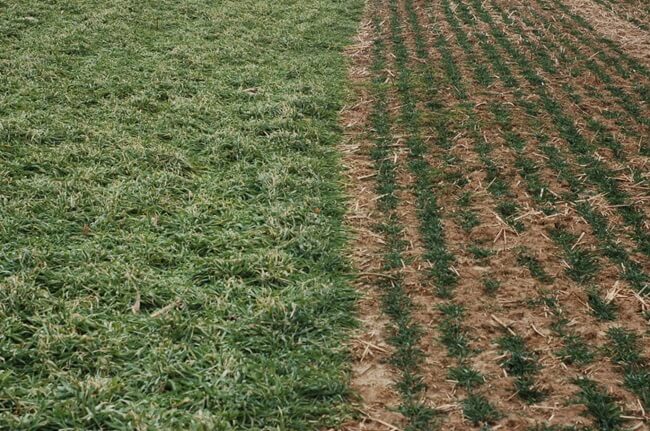
How to Frost Seed Your Pasture
Once you’ve selected the right crop for frost seeding and the time is right, you can begin. An easy way to spin the seed onto the soil is through the use of a broadcast seeder, particularly a three-point hitch-mounted seeder.
A good amount of the pasture’s soil should be exposed by a late fall close grazing or mowing, which provides ample opportunity for seed-to-soil contact of the broadcast seed.
Six Things to Know Before You Frost Seed
Before you begin, there are six things you should make sure of first to determine if frost seeding is right for you:
- There is little competition from the existing stand and plenty of exposed soil.
- Weather conditions are right: the ground is frozen solid in the morning to drive or walk over while broadcasting and thaws in the afternoon.
- Soil conditions are hospitable to new seedlings, including drainage, pH, and nutrient content. However, soils with a high nitrogen content are not as ideal.
- The added species are appropriate, with a small round seed size, excellent seedling vigor and shade tolerance, and high tolerance of pH, fertility, drainage, and drought.
- Your legumes are properly inoculated with the correct strain of Rhizobium bacteria for optimal nitrogen fixation.
- Your broadcast seeder is correctly calibrated for annual, biannual, or first-time seeding as appropriate.
When to Frost Seed Your Pasture
Frost seeding can be done in late winter, typically 40 to 50 days before grass growth begins in the spring—late February or as late as early March—but the best time to start preparing is in the fall.
It may sound counterintuitive, but to give the frost-seeded plants a better chance in the spring, weaken or hurt the pasture stand in the fall before seeding. This helps reduce competition from existing forages and weeds.
How to Weaken Your Pasture Stand in the Fall
The most effective way to weaken your pasture for frost seeding in the fall is to over-graze. Overgrazing does two things to help the success of the frost seeding:
- Reducing the root food reserves of the pasture stand, which will cause the grasses to be less aggressive in the spring.
- Removing the thatch layer on the soil surface, exposing more soil and encouraging better soil-to-seed contact in the spring.
Post-Seeding Management
Part of the popularity of frost seeding is its ease of implementation and low cost—simply buy the seed, broadcast the seed, and watch it grow. There is no spraying, tillage, stone picking, or loss of grazing for a summer that comes with re-seeding a new pasture.
Though frost seeding is a fairly hands-off technique for enriching your pasture over the winter, it’s important to treat the new seeding as you would any new and fragile stand.
Prepare for Successful Frost Seeding with King’s AgriSeeds
It’s best to start planning early for successful frost seeding. If you’ve never frost-seeded your pasture before, it can be hard to know where to begin.
If you have any further questions about how to frost-seed your pasture or what is the best clover to use with your forage, speak to an expert at King’s AgriSeeds now at +1 (717) 687-6224 or email us at [email protected].

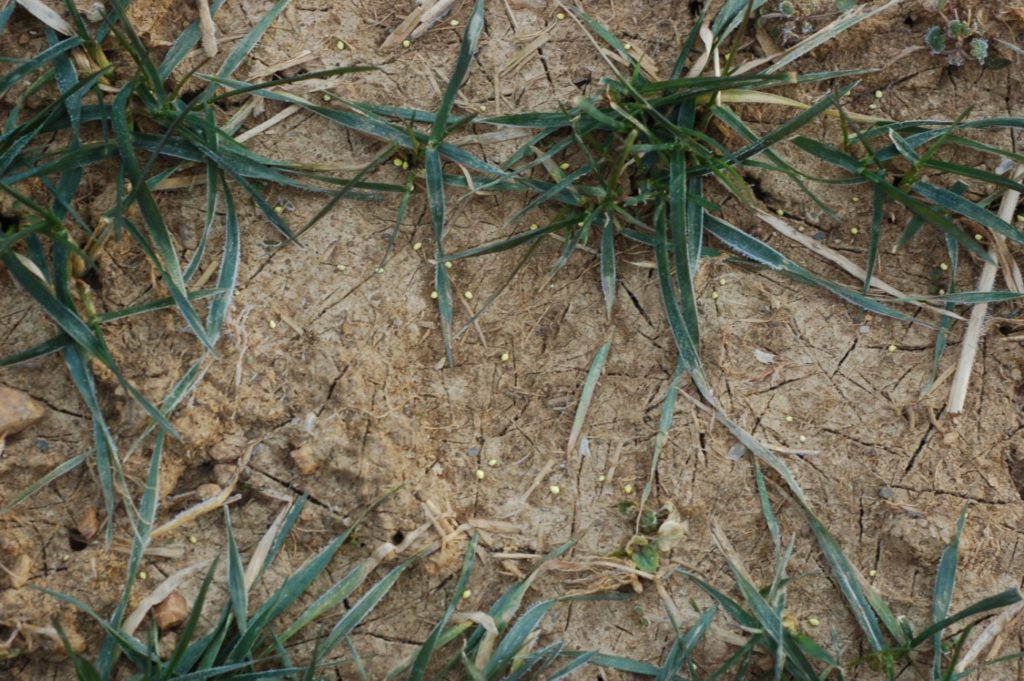
Recent Comments